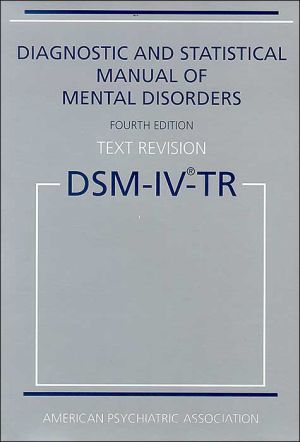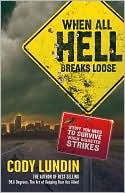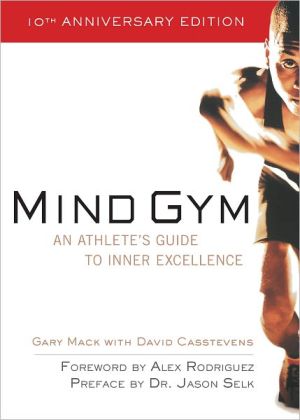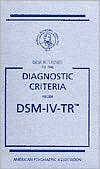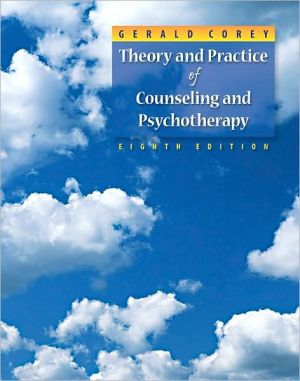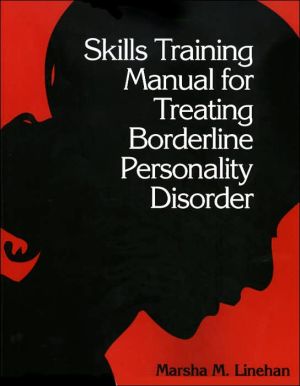Learning the Art of Helping: Building Blocks and Techniques [With DVD]
Search in google:
Assuming no prior knowledge of counseling techniques, this highly interactive text takes students step by step through the acquisition of the skills and techniques for effectively helping their future clients. The author's straightforward writing style, clearly stated instructions, and numerous practice exercises prepare students to use assessment information, plan treatment, and implement helping strategies. Coverage encompasses the full complement of commonly used techniques, from basic "building block" skills to more advanced therapeutic skills.Unique Features Stop and Reflect exercises ask readers to consider their reactions to real cases and situations. Group Exercises offer opportunities for critical thinking and class discussion. Journal Starters encourage readers to test new ideas and reflect on conflicts and challenges as they develop as helpers. New! Video Exercises ask readers to watch unscripted, unrehearsed counseling sessions on the enclosed DVD and answer critical-thinking questions based on specific observations and skills. Praise for Learning the Art of Helping “Young’s long experience as a therapist and training mentor is evident throughout as he leads the novitiate into the essentials of helping….the inclusion of structured reflection opportunities permits the learner to become a participant/observer along the route the author has taken.”– Deborah J. Youngman, Boston University “[The text] stands out as a result of the nice flow between the chapters [which] actually mirrors the students’ learning process, the dialogue style that addresses the reader directly, the numerous [opportunities for] self-assessment, [and its] liberal use of client-helper dialogue with examples of good and bad responses. It is a one-stop shop for the beginning helper.”– Brigitte Matthies, California State University, Los Angeles
Chapter 1 Helping as a Personal Journey The Demands of the JourneyBecoming a Reflective PractitionerHow a Helper Develops: Perry's StagesThe Development of ExpertiseThe Challenge of DevelopmentThe Perfect Helper or When Do I Quit Developing?Who Can Be an Effective Helper?What Can You Bring to a Client?Chapter 2 The Nuts and Bolts of Helping Defining Some Important TermsHow is Professional Helping Different from Friendship?What Can You Expect from a Helping Relationship?Learning Basic Skills and Common Curative FactorsStages of the Helping Process: A Road MapChapter 3 The Therapeutic Relationship The Importance of the Therapeutic Relationship in Creating ChangeHow Can a Helper Create a Therapeutic Relationship?Other Factors That Help or Strain the Therapeutic RelationshipChapter 4 Helping Someone Who Is Different Differences That Can Affect the Therapeutic AllianceChallenges Caused by Differences in CultureHelping a Client Whose Culture is Different from the Helper'sChallenges Caused by Differences in GenderChapter 5 Invitational Skills Listening to the Client's StoryNonverbal Communication Between Helper and ClientNonverbal Skills in the Helping RelationshipOpening Skills: How to InviteChapter 6 Reflecting Skills: Paraphrasing Reflecting Content and Thoughts, Reflecting Feelings, and Reflecting MeaningReasons for ReflectingThe Skill of Paraphrasing: Reflecting Content and ThoughtsCommon Problems in ParaphrasingChapter 7 Reflecting Skills: Reflecting Feelings The Importance of Understanding EmotionsThe Skill of Reflecting FeelingsHow to Reflect FeelingsCommon Problems in Reflecting FeelingsChapter 8 Reflecting Skills: Reflecting Meaning and Summarizing Meaning: Uncovering the Next LayerHow to Identify Meaning Issues with a ClintSummarizingThe Nonjudgmental Listening CycleChapter 9 Challenging Skills When Should We Use the Challenging Skills?Giving FeedbackHow to Give FeedbackConfrontationHow to ConfrontEvaluating Confrontation and Client ResponseChapter 10 Assessment and the Initial Interview Why Assessment?Testing as an Assessment ToolAssessment is a Critical Part of HelpingCategorizing Clients and Their ProblemsBeginning Assessment MethodsChapter 11 Goal-Setting Skills Where Do I Go from Here? Set Goals!What are the Characteristics of Constructive Goals?Who Owns the Problem? The Technique of Focusing on the ClientThe Technique of Boiling Down the ProblemChapter 12 Change Techniques Giving Advice and InformationBrainstormingThe Skill of Alternate InterpretationHow to Teach a Client to Use Alternate InterpretationChapter 13 Outcome Evaluation and Termination Skills Evaluating the Effectiveness of HelpingBasic Outcome Evaluation MethodsTerminationDealing with Loss at TerminationHow to Maintain Therapeutic Gains and Prevent Relapse Folliwng TerminationChapter 14 Curative Factors and Advanced Change Techniques: Part I Curative FactorsTreatment Planning and the REPLAN SystemThe Therapeutic Factor of Enhancing Efficacy and Self-EsteemSilencing the Internal Critic: The Technique of CounteringPracticing New BehaviorsRole-PlayingHomeworkChapter 15 Curative Factors and Advanced Change Techniques: Part II Lowering and Raising Emotional ArousalTechniques that Stimulate Emotional Arousal and ExpressionActivating Client Expectations, Hope, and MotivationProviding New Learning ExperiencesGlossary


